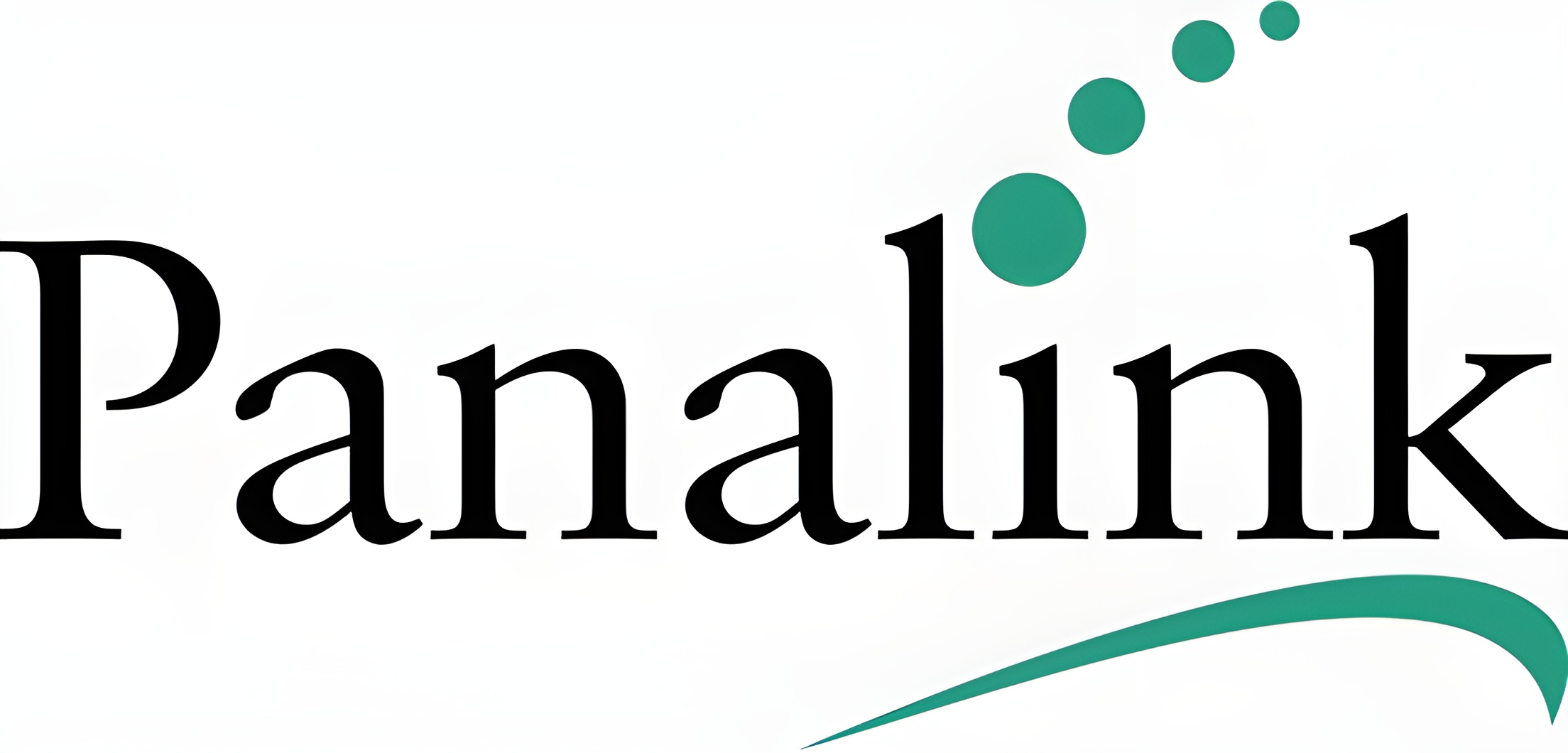In today’s digital landscape, ensuring website accessibility is not just about compliance; it’s about inclusivity and reaching a broader audience. Here’s why maximizing website accessibility matters:
Best Tips For Website Accessibility

- Inclusivity for All Users: Website accessibility ensures that users of all abilities can access and interact with your website. By implementing accessible design practices, you create a positive experience for everyone, including those with disabilities.
- Legal Compliance: Accessibility is a legal requirement in many countries. Adhering to accessibility guidelines such as WCAG (Web Content Accessibility Guidelines) ensures that your website meets regulatory standards and avoids potential legal issues.
- Improved User Experience: Accessible websites are user-friendly for everyone. Designing with accessibility in mind results in intuitive navigation, clear content presentation, and optimized usability, enhancing overall user experience.
- Expanded Audience Reach: By making your website accessible, you reach a broader audience, including individuals with disabilities who represent a significant percentage of internet users worldwide. This inclusivity can lead to increased engagement and conversions.
- SEO Advantages: Adhering to accessibility practices frequently corresponds with search engine optimization (SEO) standards. Improving accessibility can positively impact your website’s SEO performance, potentially boosting rankings and visibility.
- Ethical Responsibility: Building accessible websites reflects ethical values and demonstrates a commitment to inclusivity and diversity. It contributes to creating a more equitable online environment for all users.
- Future-Proofing Your Website: Prioritizing accessibility ensures that your website remains relevant and adaptable to evolving technologies and user expectations. It future-proofs your digital presence and supports long-term sustainability.
Incorporating inclusive design principles into your website development process is essential for maximizing website accessibility and ensuring a positive user experience for everyone
Practical Tips for Maximizing Website Accessibility

Achieving website accessibility requires deliberate design choices and technical implementations. Here are practical tips to maximize website accessibility:
- Use Semantic HTML: Structure your web pages with semantic HTML elements to ensure proper document outline and screen reader compatibility. Use headings, lists, and landmark roles to enhance navigation.
- Provide Alt Text for Images: Include descriptive alternative text (alt text) for images to convey meaningful information to users who rely on screen readers or have visual impairments.
- Ensure Keyboard Accessibility: Ensure that all interactive elements on your website are operable using a keyboard alone. Use keyboard focus indicators and logical tab order to assist users navigating with keyboard commands.
- Choose Color Contrast Wisely: Maintain sufficient color contrast between text and background to improve readability, especially for users with low vision or color blindness. Applications such as WCAG color contrast checkers can be useful.
- Implement Captions and Transcripts: Provide captions for multimedia content such as videos and audio files. Include transcripts for non-text content to ensure accessibility for users with hearing impairments.
- Test with Accessibility Tools: Use automated accessibility testing tools and screen reader simulators to identify and address accessibility issues during development. Conduct manual testing with assistive technologies to validate accessibility.
- Educate Your Team: Educate designers, developers, and content creators about accessibility best practices. Foster a culture of accessibility within your organization to ensure ongoing compliance and awareness.
By integrating these practical tips into your web design and development process, you can maximize website accessibility and create a more inclusive online experience for all users.
Importance Of Website Accessibility

This article focuses on the importance of website accessibility and provides actionable tips for implementing inclusive design practices. They aim to educate readers on the benefits of accessibility and empower them to create accessible digital experiences. The article explored the critical topic of maximizing website accessibility through inclusive design practices. In today’s digital age, accessibility is not just a legal requirement but also a moral imperative and a strategic advantage for businesses aiming to reach diverse audiences and provide exceptional user experiences.
In the first section, we delved into the multifaceted importance of website accessibility. We emphasized that accessibility goes beyond compliance; it’s about ensuring equal access and usability for all individuals, including those with disabilities. By embracing accessibility, businesses can enhance user experience, expand their audience reach, improve search engine optimization (SEO), fulfill ethical responsibilities, and future-proof their websites against evolving standards and user expectations.
We highlighted the significance of accessibility for individuals with disabilities, who often face barriers when navigating websites that lack inclusive design features. Implementing accessibility features, such as alternative text for images, semantic HTML structure, keyboard navigation support, and color contrast adjustments, can significantly improve usability for individuals with visual, auditory, motor, or cognitive impairments.
The second section provided practical strategies for achieving website accessibility. We discussed key considerations such as using semantic HTML to structure content for screen readers, providing descriptive alt text for images, ensuring keyboard accessibility, selecting appropriate color contrast to improve readability, incorporating captions and transcripts for multimedia content, and conducting regular accessibility audits with automated tools and manual testing.
By adopting these inclusive design principles and techniques, businesses can create websites that cater to a broader audience while also complying with accessibility standards and regulations. Embracing accessibility not only benefits users but also aligns with ethical values and contributes to better SEO performance.
In addition to the core principles discussed, maximizing website accessibility also involves continuous improvement and adaptation. As technology evolves and accessibility standards evolve with it, businesses must remain vigilant in maintaining and enhancing the accessibility of their websites.
One key aspect of ongoing accessibility efforts is user feedback and testing. By actively soliciting feedback from users with diverse needs and conducting regular accessibility testing, businesses can identify areas for improvement and address usability issues effectively. This iterative process ensures that websites remain accessible and user-friendly over time.
Another critical consideration is staying informed about accessibility guidelines and best practices. As new techniques and technologies emerge, staying abreast of the latest accessibility standards ensures that websites remain compliant and inclusive. Regular training and education for web developers and designers are essential to fostering a culture of accessibility within organizations.
By prioritizing accessibility as an integral part of web development and design processes, businesses can create digital experiences that are inclusive, equitable, and responsive to the diverse needs of all users.
Conclusion
In conclusion, maximizing website accessibility through inclusive design is essential for fostering inclusivity, improving user experience, and reaching a diverse audience. It’s a proactive approach that reflects a business’s commitment to inclusivity and ethical practices in digital interactions.
For further guidance on maximizing website accessibility and implementing inclusive design strategies, please reach out to us at contactus@panalinks.com. Our team is committed to helping you create accessible and inclusive digital experiences that resonate with all users.

